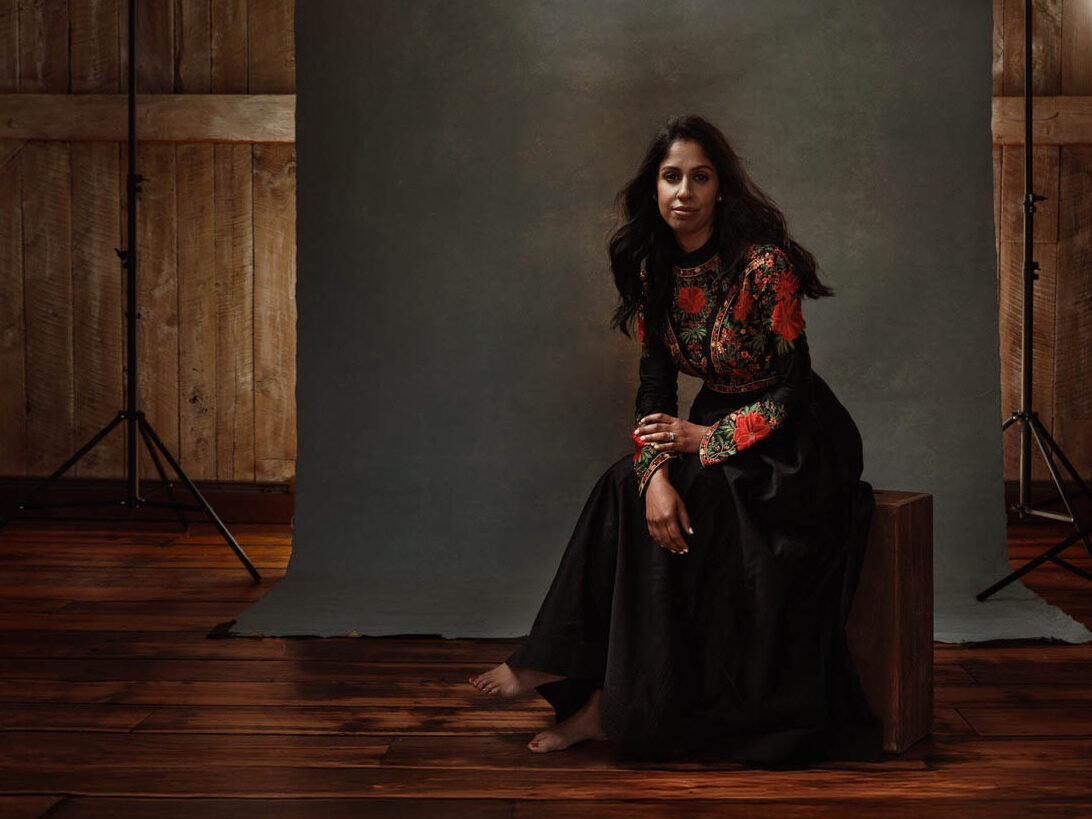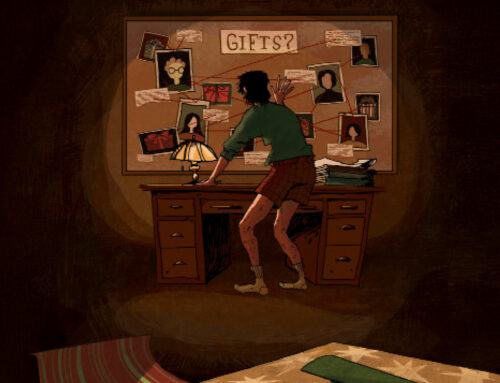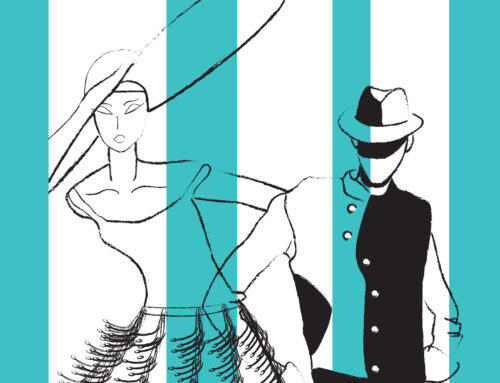By Ilyssa Panitz
Photography by Rianjali Bhowmick & Fay Fox
When Pound Ridge resident Sharbari Bose Kamat was a journalism student at NYU, she had a vision to write a piece of fiction, in the form of a novel or a short story, or possibly even an essay. She even came up with a title for it, “Incarnations of I.” But everything changed when Kamat took a job at Maria Fareri Children’s Hospital. While utilizing her interviewing skills to create compelling marketing videos for the facility, she realized that she loved telling people’s stories. Then, she had an epiphany: her movie should be a documentary. That would be the perfect approach for the story she wanted to tell.
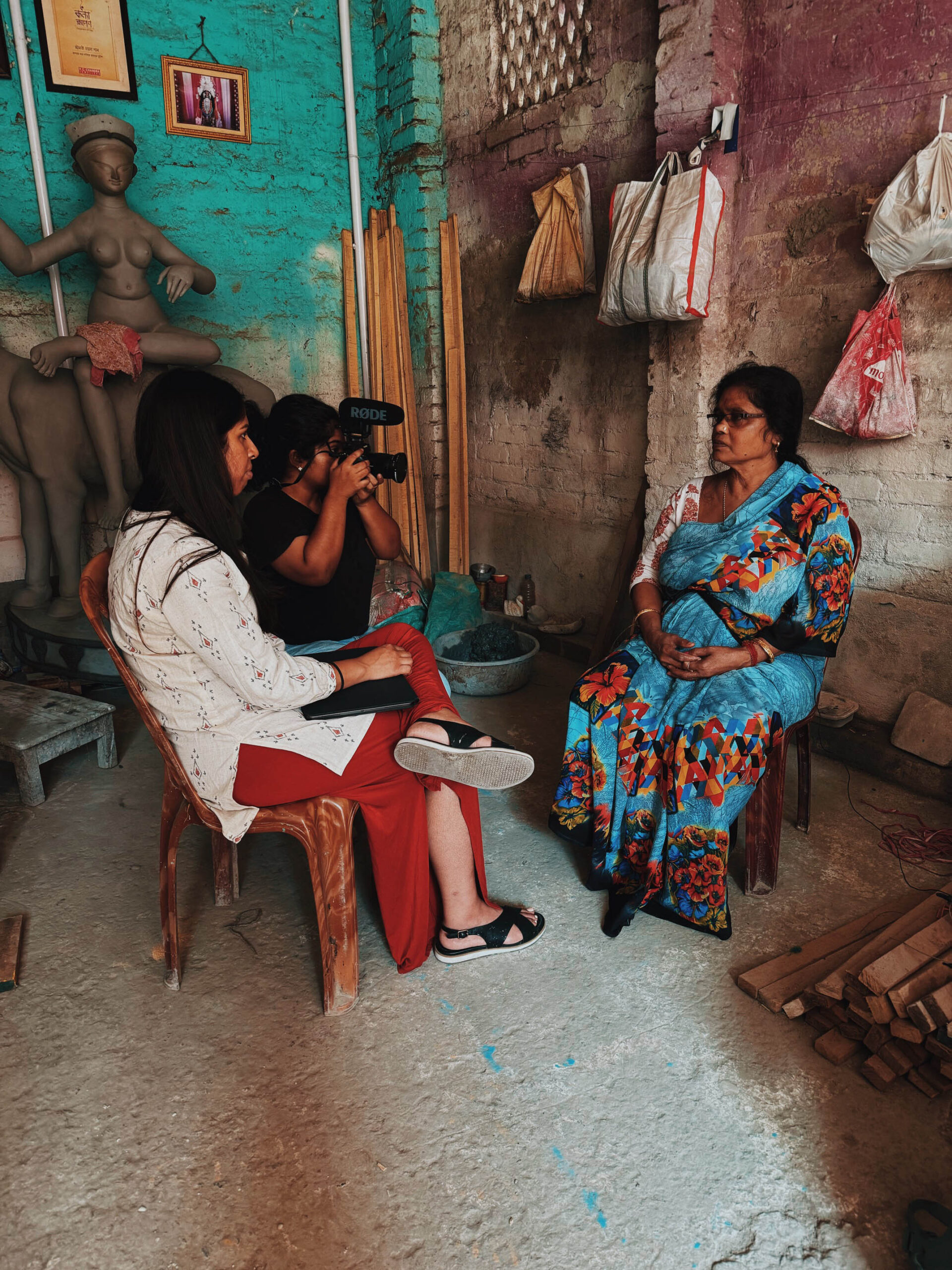
Photo by Rianjali Bhowmick.
Setting the scene
The year was 2020, and Kamat set out to create a BBC-style documentary to spotlight the art of clay idol making at Kumartuli—a renowned potter’s quarter in northern Kolkata, India, where Kamat visited every summer as a child during her annual family vacation. Kamat describes the religious craft as important, meticulous and time-consuming. “There are hundreds of artisans living in this community,” Kamat explains. “Every year, they create thousands of clay idols for residents in the neighborhoods and communities throughout the city of Kolkata. Devotees pray to these idols, which depict the Hindu goddess Durga and her children, during the annual fall festival of Durga Puja, also known as Navratri throughout India.” For Kamat, who has celebrated Durga Puja since she was two years old, the week-long festival is especially meaningful, as it’s a major holiday for Bengali Hindus, full of religious ceremonies and family meals.
By 2022, Kamat had assembled her team, and she was ready to share the stories of these idol makers with an American audience. As the director and producer of the film, she hand-picked a crew of people in the United States, along with two people to assist with sound and video in India, to help carry out her vision. Over the past three years of filming, Kamat has traveled to India five times, making a conscious effort to build trusted relationships with different artisans. As Kamat learned more about these artisans, they began opening up to her, sharing how mastering this skill helped them heal from their pain.
Kamat began immersing herself in the artisans’ lives, uncovering intimate and often heartbreaking stories—childhoods marked by hardship, the quiet ache of growing distant from family, the profound sorrow of losing loved ones, and the ongoing battles with mental health. “My father has passed away,” says a male artisan in the film. “I have my own world; my mother has her own eccentric world. They don’t meet,” reflected one male artisan. As they poured their hearts out to Kamat (“No one listens to what I have to say,” another artisan laments), she had her second epiphany: Kamat resonated with their stories, and in doing so, she was creating art from her pain as well. Her documentary evolved to weave together artists’ healing journeys, from those in India to Kamat herself—each finding healing by transforming pain into art.
Accepting the past
Since childhood, Kamat had been carrying a traumatic secret, keeping it from everyone, even her family. “I had been carrying this around for decades,” Kamat says. “And as the film’s subjects began entrusting me with stories about their painful pasts, I began seeing a lot of myself in them. At one point, I realized this film is about redemption and finally having the ability to heal. It’s about making something beautiful out of our history.”
Kamat says she was abused during multiple annual summer family trips to India between the ages of eight and ten years old. “It was traumatic,” Kamat recalls. “Not only did this individual have a lot of power over me psychologically, but back then, I didn’t know how to talk about what I was going through.” As she got older and began to understand what happened, she chose to remain quiet. “For most of my life, I was worried about causing my parents pain and how they would take this devastating news. Unfortunately, there is no easy way to handle something of this magnitude. Yet, when I think about my own children at this age, I say to myself, ‘What a huge burden to carry.’”
Kamat’s parents moved from India to the United States in the 1970s and raised her and her brother in northern New Jersey. “They worked hard to give us a good life, but my father was an emotionally closed-off person,” Kamat says. “While making this film, I realized it was because he had gone through his own trauma; he lost his mother unexpectedly.” Looking back on her childhood, Kamat says she longed for physical affection from her parents. “I needed emotionally available parents because what I was going through was intense,” she explains. “I couldn’t articulate what had happened to me. I knew viscerally, of course, that it was horribly wrong. But I couldn’t fathom that a world in which adults who were meant to protect you could hurt you in this devastating way. It wasn’t until I became an adult that I could speak about what happened to me with a therapist and then work towards telling my family. It took decades.”
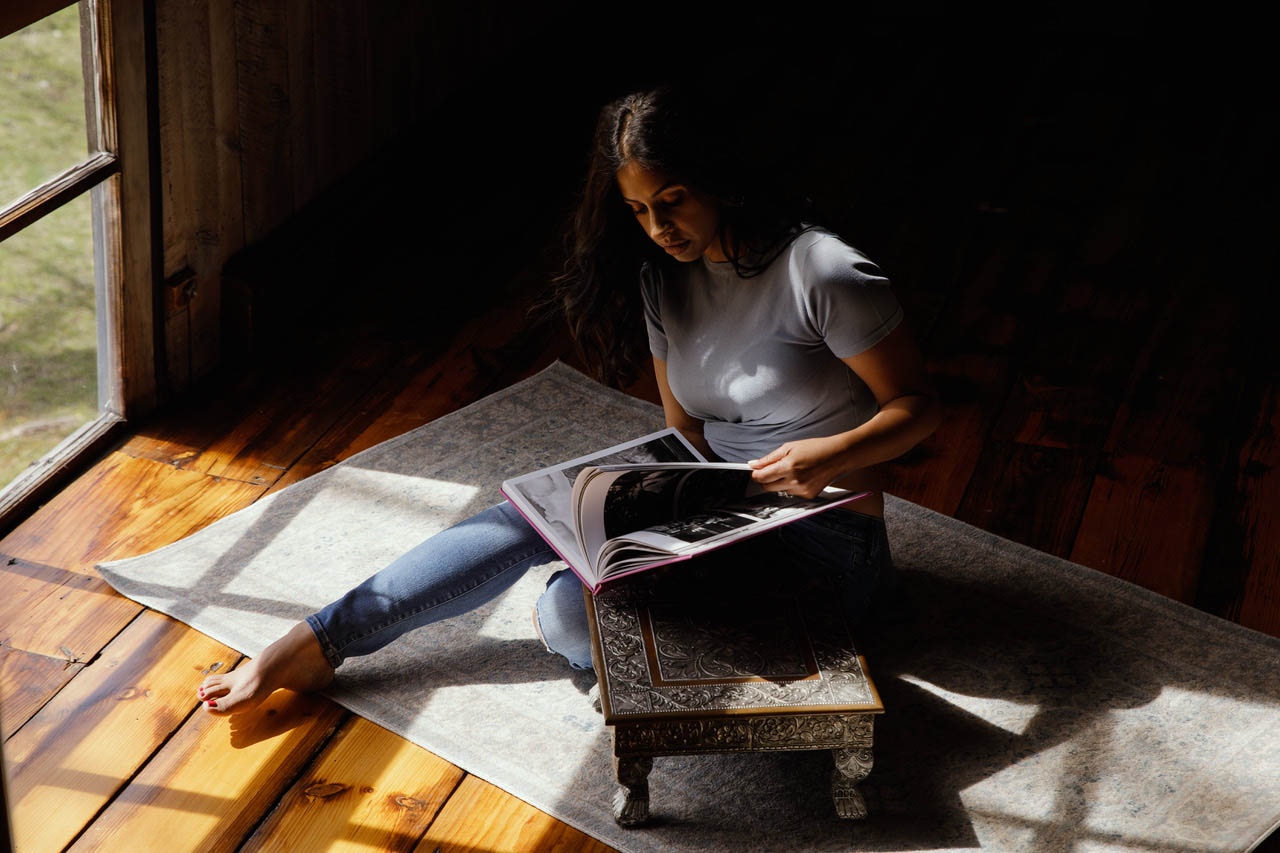
Photo by Fay Fox.
Sharing her truth
Creating this documentary wasn’t all painful. Through the filmmaking process, Kamat took steps in her journey beyond the film itself. “Back in September of 2024,” she says, “I was finally able to tell my parents what happened to me as a young girl, and although the news was upsetting for them to hear, I also feel it was the next step for me to move forward in my life.”
While the creative process has helped Kamat develop her skills as a documentary filmmaker, it has also come with several challenges and setbacks. “For me the biggest obstacle is time,” she reflects. “I have a family and two young kids, so I can’t just leave for two months to film. That is not realistic or practical for my family.” Another hurdle for Kamat is financing; without a studio backing this project, securing enough money to hire an editor, a colorist and the myriad of other production costs has been a challenge. So, Kamat has absorbed most of the price tag herself.
“From 2023 to early 2025 I applied for grant funding,” Kamat says. “But the field is very competitive, and the decision makers receive applications from creatives throughout the world. So, unless you have the right connections, this aspect can be a struggle and one that is full of rejection.” In an effort to generate interest and financial backing, Kamat organized a handful of panel events where she will play scenes from the film and host a panel discussion. The first event, which is by invitation only, will take place on September 13, 6-8 p.m., at The Bedford Playhouse. The next day, she will co-host an event in Philadelphia with the South Asian Americans for Change—an organization focused on dismantling the stigma of mental health. Future events in NYC and LA are already in the works.
Regardless of the complications, both personal and professional, Kamat has encountered, she’s already dreaming of submitting “Incarnations of I” (yes, she kept the name) for consideration to South Asian film festivals and other major film festivals throughout the country. “The whole process has been cathartic,” Kamat says. “My hope is that this film inspires conversations all over the world by assuring people it’s acceptable to open up about the past. For me, breaking my silence has, in many ways, allowed me to reclaim my power.”
This article was published in the September/October 2025 edition of Connect to Northern Westchester.
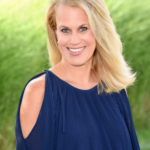
Ilyssa Panitz
This Rye Brook resident built a reputation for interviewing many Hollywood stars for TV, radio, print & online in addition to covering stories on pets, lifestyle, relationships & women’s issues. She also created a divorce journalism platform, comprised of various columns, a TV series & hosting a weekly radio show.


